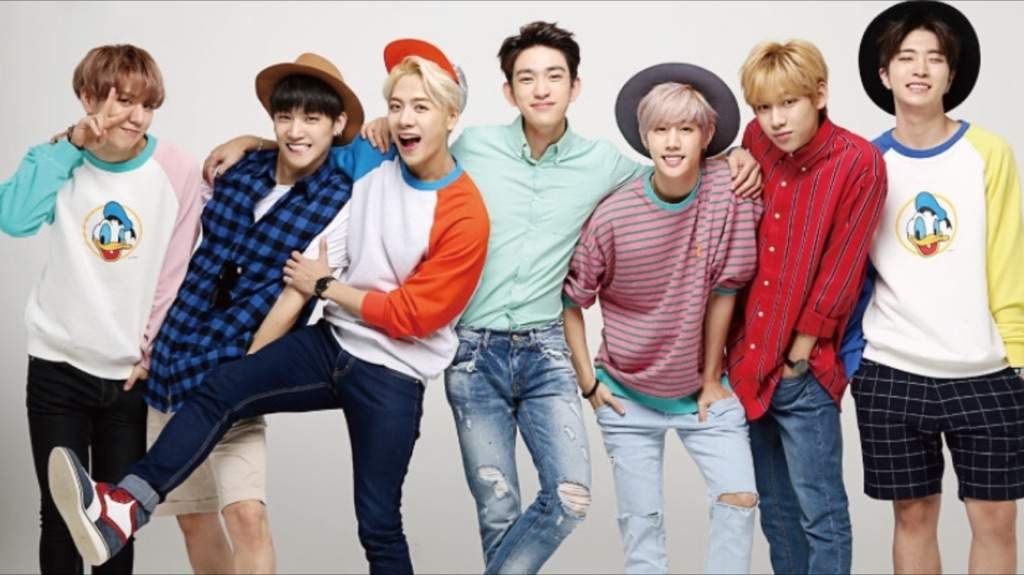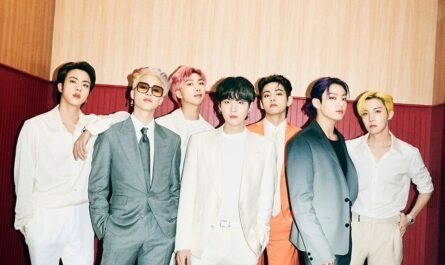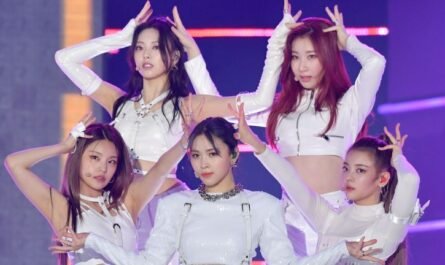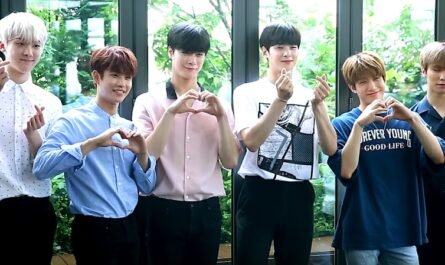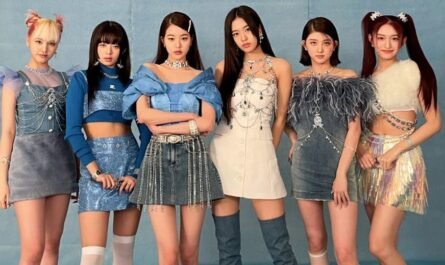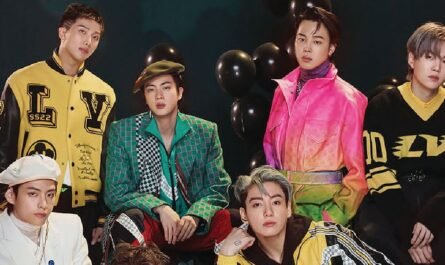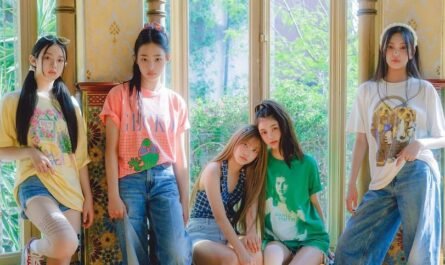There seems to be a rock boom in K-pop. Although N-Hyphen and Dreamcatcher set the team’s musical color as rock, there are (G)I-DLE’s ‘TOMBOY,’ WOODZ (Cho Seung-Yeon)’s. ‘ I Am Without You,’ and Tomorrow X Together’s ‘Good Boy Gone Bad.’ Recent works, including this one, also put rock sound to the fore. An increasing number of ‘idol groups’ that do not consist of a band use rock sound or describe the music genre as a rock on music services. K-pop, based on dance-pop, is in sync with stone, the most stubborn genre at a glance.
The encounter between K-pop and rock has a long history. Since the 1990s, there have been cases like ClickB where idol boy groups like HOT use metal sounds or even act as a band. Although it may feel like a unique case of the first generation of K-pop, there was a context at the time. Seo Taiji and Boys, who became idol war criminals, also actively used rock. Above all, there seemed to be a desire to utilize ‘transformed rock’ in a new sense. In Korea, young idols and hip-hop opened an era in which hip-hop was clearly distinguished from past music. It was immediately after rap metal, a mixture of hip-hop and metal, created a sensation worldwide. The rock seemed helpful even with the passion and freshness expressed by idols. Because ‘rock is the music of youth.’
However, this proposition was overly schematic. In many cases, the intention to introduce rock to K-pop seemed simple, such as ‘music of youth hip-hop,’ ‘music rock of youth,’ and ‘it would be better if the two met.’ The rock trend has changed, but since New Metal in the 1990s, a new menu with the perfect mix for K-pop has not appeared. In the 2000s, formats such as adding a rapper or DJ to a band or meeting a female singer-songwriter playing guitar and a male rapper overflowed the drama and music scene. However, in many cases, there was a strong smell of superficiality, as if a man who loved rock was dealing with hip-hop and youth that belonged to others. Because rock fans are aging quickly, rock has not already provided the public with the child’s image.
Now (G)I-DLE, Tomorrow X Together, and N-Hyphen sound utterly different from these days. The main reason is that this is in the context of the Emo Rap (a genre of American hip-hop) trend. It is a genre featuring a sampling of grunge, emo punk, and pop-punk. From the rock’s point of view, it has an entirely different texture emotionally and in taste, as the proportion of the style starting from punk is greater than the blues-based complex rock-metal lineage. Also, K-pop influenced by Imorab is Run-DMC, a textbook for hip-hop and rock crossover, its collaborator Aerosmith, and rap metal representatives Limp Bizkit and Rage Against. Rage Against The Machine isn’t looking either. Likewise, it has nothing to do with the rock uncle who objectified hip-hop and youth. In the current hip-hop and K-pop perspective, rock is objectifying and instrumentalized. The freshness of breaking up with the staleness of the past makes these rocks even fresher.
In some ways, it can be seen as a phenomenon peculiar to the cultural frontier. The sudden arrival of emolab from abroad, the resetting of its lineage where rock and K-pop were combined, and changing our market. However, K-pop is also the art of thinking about what and how to transplant overseas trends. It is not to underestimate the effort and pioneering plan and its repercussions. If K-pop goes along with rock without a lineage to lean on, and if rock makes a new start because of this, it would be good to watch with anticipation.

